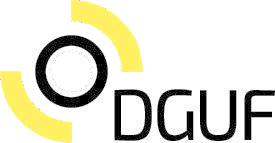The potential of digital tools to spread archaological knowledge and research
Identifiers (Article)
Identifiers (Files)
Abstract
The Internet is becoming a major way for information and exchange that provides disadvantages as well as potentials for the public communication of archaeology. The current discussions in Germany on its usage are thereby dominated by a lack of knowledge of the potentials and ways of communication, which differ from classical science PR in quite a few aspects, and by the fear of potential dangers such as the increase of difficult discussions about interpretative predominances or the simpler dispersion of dangerous information among detectorists and pot hunters. To revoke digital communication does not prevent such information from being widespreaded, but the communication can rather be driven in a different direction through the active participation of experts as well as open exchange with difficult interlocutors. The appropriate, transparent, manifold and demanding use of social media and digital platforms requires professionalization in archaeological communication, but also basic knowledge even among the individual scientists to communicate their own issues independent of external filtering to public target groups and stakeholders. Archaeological museums and the first heritage departments are open-minded and realize how important it is to find accurately fitting points of contact, and to engage in an active dialogue to be included in the information filters of the different target groups and stakeholders. To understand the new modes of communication as an opportunity is the precondition to change the picture of archeology in the public positively and to build understanding, support and community.
Statistics







